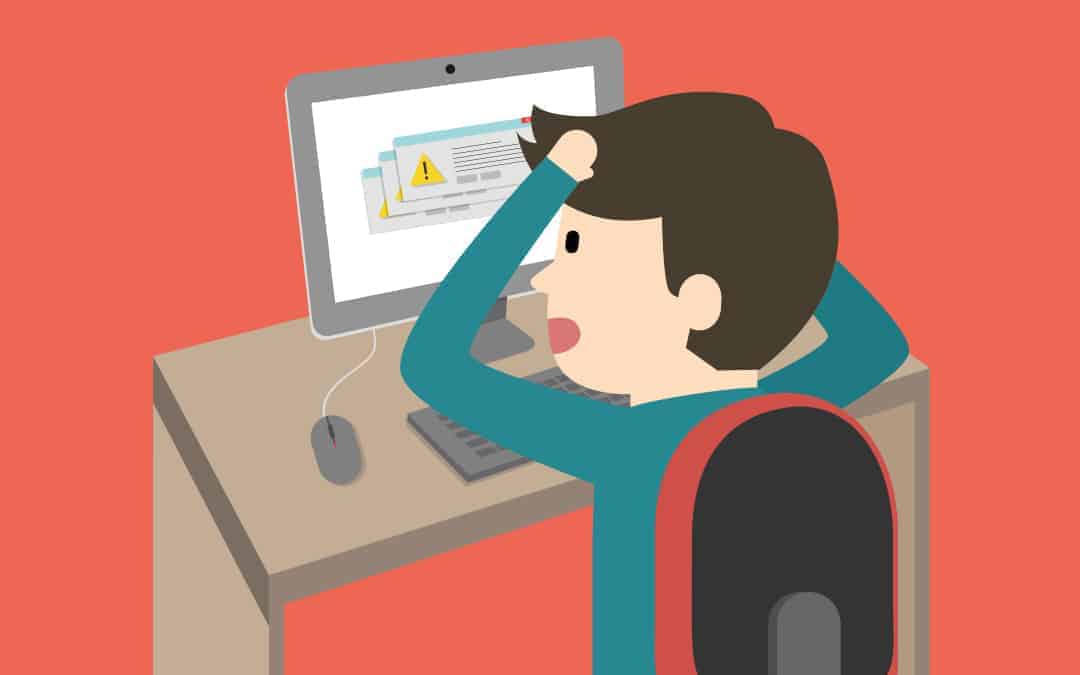
06 Oct Safe Browsing best practices
The World Wide Web is a wonderful thing, never has it been so easy to find information, research your favourite topics or shop from the comfort of your armchair; it’s brilliant.
But, it is also a haven for bad software, viruses and spyware (Spyware is software that tracks your browsing and PC activity and sends the information to 3rd parties) that can infect your devices if you are not careful.
You might wonder how best to keep yourself safe while online, given a new data breach or another malicious piece of software that encrypts your data made headlines every day. Practice Safe Browsing is one of simple solutions that can prevent being a victim.
Security tips
Following some simple guidelines can prevent the exposure to cyber risks:
-
Avoid questionable websites. It may seem simple, but some sites are more likely to be compromised than others. You know what we’re talking about!
-
Try using sites you trust in preference to sites that you’ve never heard of to purchase goods.
-
Look for sites that are secure (secure sites use https:// at the start of their address. The S stands for secure)
-
Don’t download software from the web unless you are certain of the source, and have carefully evaluated the software, or file.
-
Type the URL or address yourself. Don’t just use links, the likelihood of hijacks reduces hugely if you search the site yourself through the address bar. Hover your mouse over embedded links to check it first. Or you can copy-and-paste the link into Sucuri Sitecheck. It will scan the site and let you know if there’s any malware lurking.
-
Always log out of the site you’re using. Don’t just shut down logged in.
-
Browse “Incognito” or “Private Mode” on borrowed or share computers so none of your browsing history gets saved to that computer (but downloads do).
-
Avoid public or free Wi-Fi where possible, they are often compromised, so if you do use them, be sensible and secure.
-
Change passwords often, it’s a pain but it is a great way to reduce your risk of being a victim of cybercrime.
-
Don’t store passwords in browsers, and use different passwords for each service you use.
-
Keep your browser up-to-date with the latest patches.
-
Get under the bonnet of your browser, and set the highest security you can. You can always lower it on occasions that demand it, but evaluate the scenario before doing so.
-
Uninstall plug-ins you don’t need to secure your web browser and ensure plug-ins you use are updated regularly and automatically.
-
Be wary of any pop-up, they could be genuine, but could equally be a compromised site. Use a blocker, or shut them down.
-
Install good protective software like Anti-Virus and Anti-Spyware and good hardware such as Firewalls it is possible to minimise infection.
Being aware of the types of cyber scams is also the best way to prevent being a victim. Test your knowledge in our 10-question Quiz “Are you the weakest link?” to see your ability to stay safe in today’s tech-driven world.




